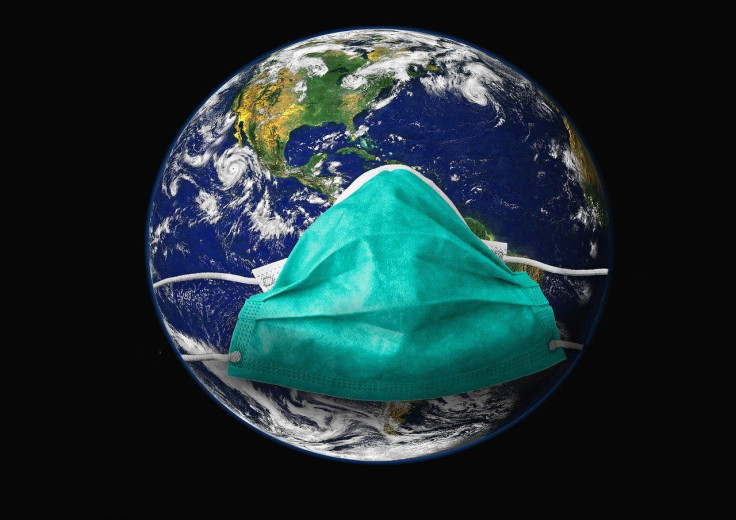CDC Removes Warnings And Guidelines About Coronavirus Aerosol Exposure
KEY POINTS
- CDC said the original post was "a draft version" not meant for publication over the weekend
- Independent research groups and scientists have been pressuring health agencies about the danger of aerosol droplets in spreading coronavirus
- Some scientists said they hope the post being removed doesn't mean the CDC is bowing from pressure by the Trump administration
The Centers for Disease Control and Prevention on Monday removed guidelines about coronavirus transmission through airborne aerosols, saying the original post was a draft not meant for release and an update was under development.
“A draft version of proposed changes to these recommendations was posted in error to the agency’s official website,” the CDC said on its “How COVID-19 Spreads” page. “CDC is currently updating its recommendations regarding airborne transmission of SARS-CoV-2 [the virus that causes COVID-19]. Once this process has been completed, the update language will be posted.”
Previously, the CDC warned larger “respiratory droplets” created from coughing or sneezing were the primary transmitter for coronavirus. This served as the basis for most practices promoted by the CDC, namely socially distancing 6-feet apart and the wearing of masks.
The CDC warned anyone within 6-feet could be exposed if the droplets “land in the mouths or noses” or are “inhaled into the lungs.”
However, reports said the agency is facing pressure from independent scientists and health agencies researching coronavirus. The most common point has been the increased evidence showing aerosol droplets produced simply by talking serve as a primary transmitter because they can survive in the air longer and potentially travel farther than the larger droplets produced by coughing or sneezing.
Some 240 scientists signed an open letter in July asking agencies like the CDC and the World Health Organization to acknowledge the danger and to promote measures that would prevent exposure to airborne droplets.
“We appeal to the medical community and to the relevant national and international bodies to recognize the potential for airborne spread of coronavirus disease 2019 [COVID-19],” the July letter by scientists Lidia Morawska and Donald Milton said. “There is significant potential for inhalation exposure to viruses in microscopic respiratory droplets [microdroplets] at short to medium distances [up to several meters, or room scale], and we are advocating for the use of preventive measures to mitigate this route of airborne transmission.”
The CDC appeared to bow to this pressure when it posted the updated warning on Friday.
“There is growing evidence that droplets and airborne particles can remain suspended in the air and be breathed in by others, and travel distances beyond 6 feet [for example, during choir practice, in restaurants, or in fitness classes],” the CDC said in its original post. “In general, indoor environments without good ventilation increase this risk.”
Some scientists said they hope the removal was simply to update the language and wasn’t driven by pressure from the Trump administration to promote reopening and reduced testing heading into the 2020 general election.
“I think the statement on airborne transmission that was briefly available on the CDC website was correct,” Virginia Tech Professor Linsey Marr told the Wall Street Journal. “I hope that they are just refining the language and that they’re planning to put it back up there.”

© Copyright IBTimes 2024. All rights reserved.





















